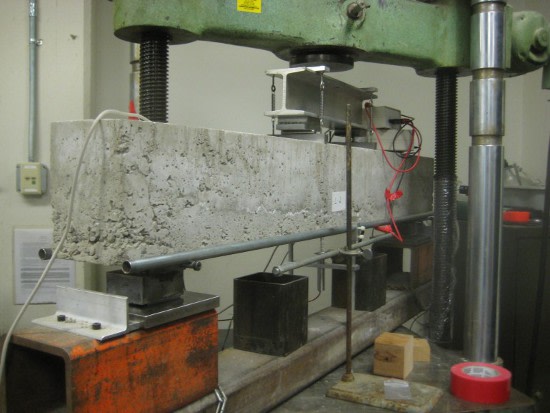 TPE and its role to detect crack in concrete buidlings is the subject of the work of researchers at the American Massachusetts Institute of Technology (MIT) and German University of Potsdam.
TPE and its role to detect crack in concrete buidlings is the subject of the work of researchers at the American Massachusetts Institute of Technology (MIT) and German University of Potsdam.Currently most evaluation of concrete buildings is made by using visual inspection. This method is slow, expensive and in some cases may pose dangers. New method proposed by researcher is based on continual electronic monitoring of structures by using a 'sensing skin' with electrical properties.
The skin it is a flexible fabric made from the compound of thermoplastic elastomer with titanium dioxide with patches painted with black carbon to measure changes the electrical charge of the skin.

To detect crack for concrete buidlings the fabric shoul be sticked to the surface of the structure. Movement in the concrete caused by the formation of a crack results in changing the capacitance or stored energy of the sensing skin. After sending a current by a computer system attached to the skin, measurement the capacitance of each patch will be made and any differences among neighboring patches will be detected. In this way any cracks are detected almost immediately when they occur, a task that is difficult to implement by other types of sensors proposed or already in use.
“The sensing skin has the remarkable advantage of being able to both sense a change in the general performance of the structure and also know the damage location at a pre-defined level of precision,” says Simon Laflamme PhD ’11, who did research about the ‘sensing skin’ as a graduate student in MIT’s Department of Civil and Environmental Engineering. “Such automation in the health-monitoring process could result in great cost savings and more sustainable infrastructures.”


